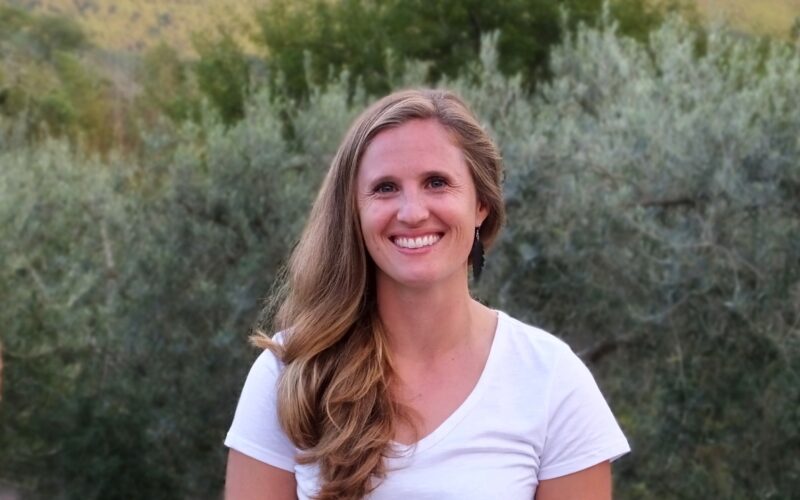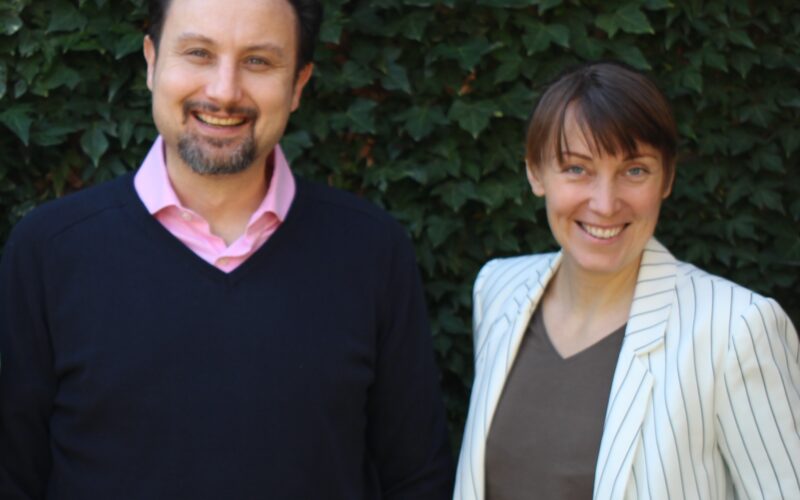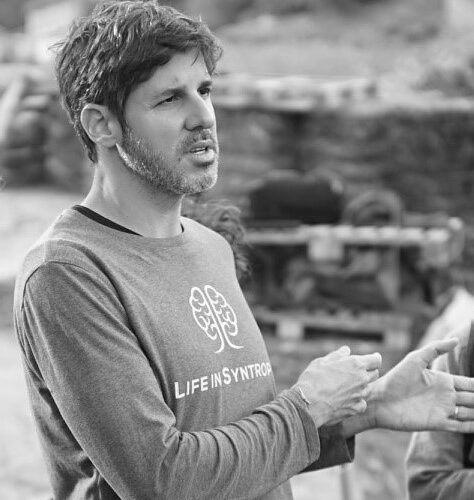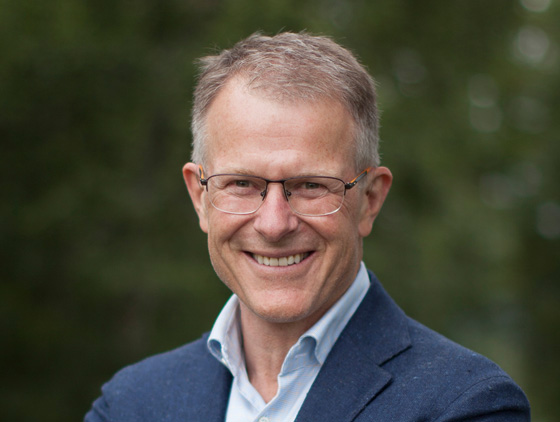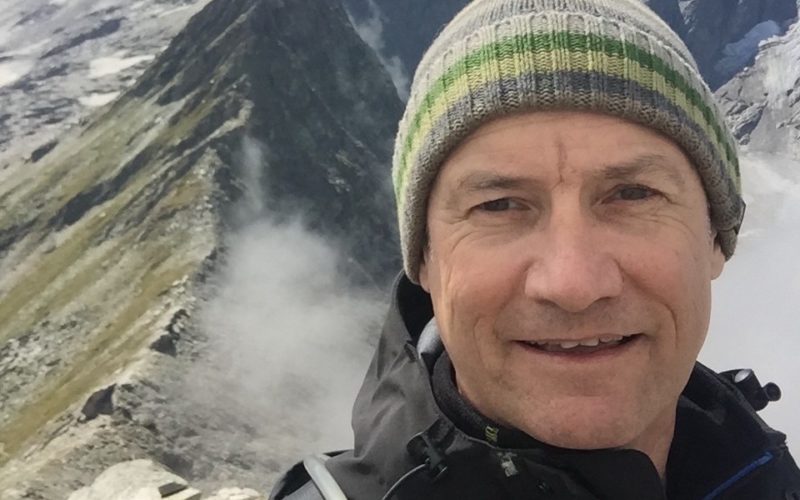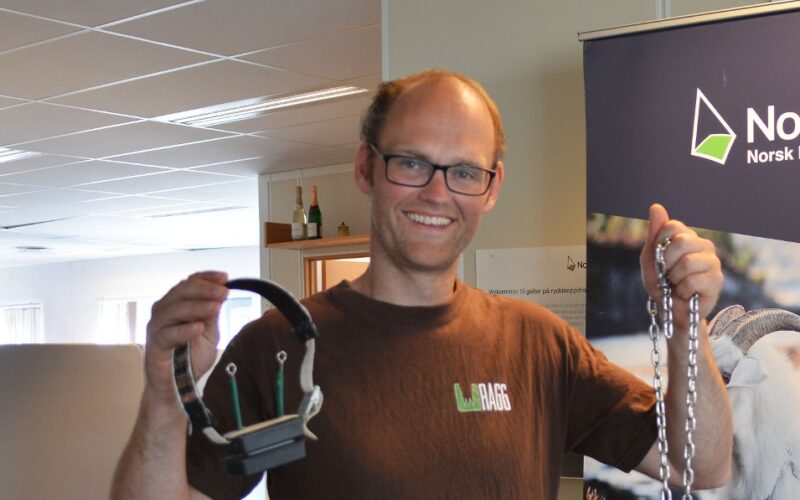Neal Spackman – From growing trees in the Saudi Arabian desert to restoring degraded coastal lands
Neal Spackman, founder of Regenerative Resources Co, joins us to talk about transforming millions of acres of degraded landscapes into productive ecologies, using seawater to raise fish, using the wastewater to restore mangroves and growing saltwater species which in turn produce most of the feed for the shrimps.

